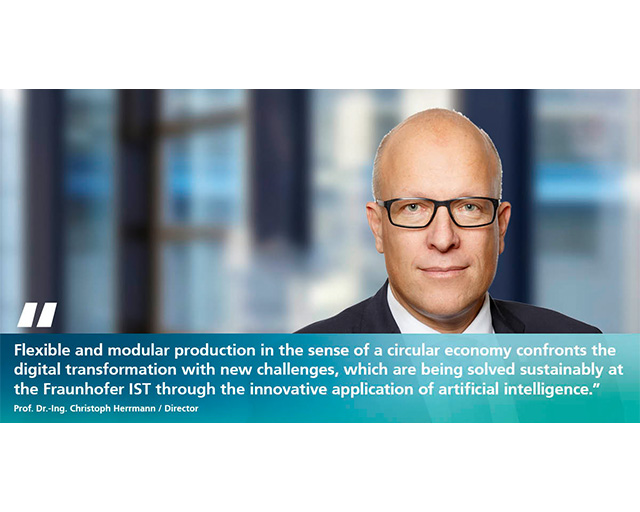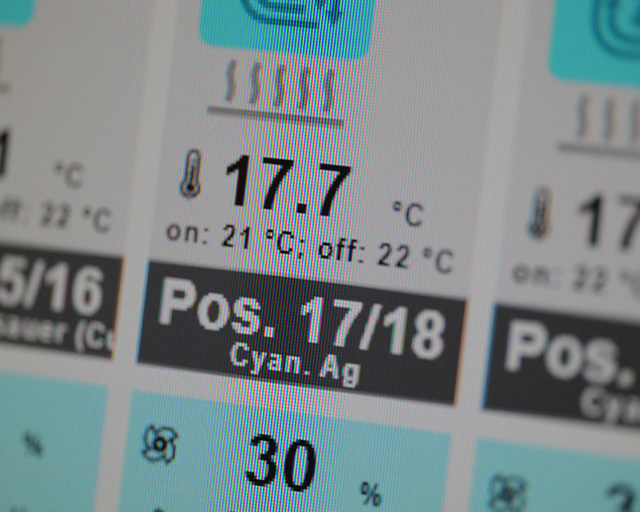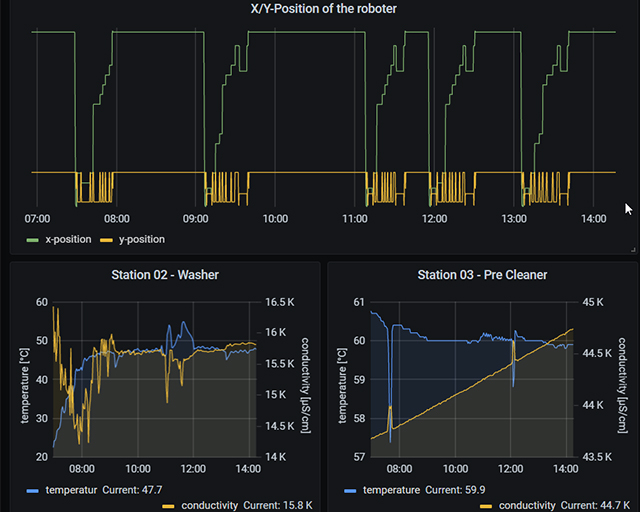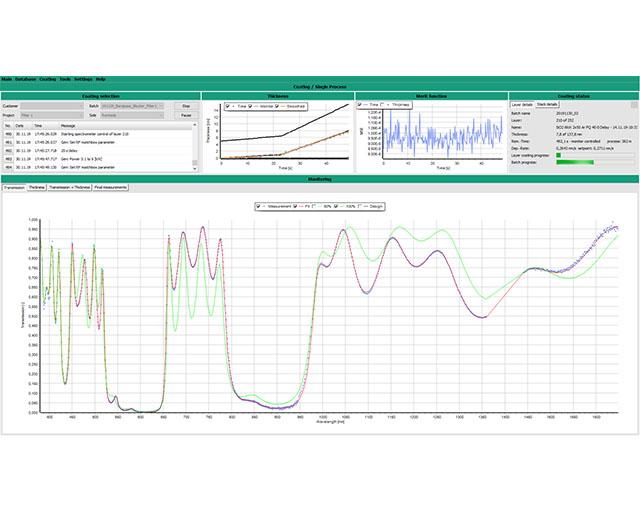In surface technology, both quality requirements and cost pressure are increasing constantly. In addition, as a study commissioned by the German Federal Ministry for Economic Affairs and Climate Action (BMWK) determined, the complexity of the products¹ is continuously increasing, as a result of which the demand for technical expertise is also becoming ever greater. One approach to providing the required extremely extensive knowledge base – at least to some extent – is a digital twin, in which relevant process and product properties are represented by simulation models. Digitalization in surface technology makes it possible to react quickly and predictably to, for example, production fluctuations or new product requirements.
Digitalization in surface technology
Up to now, simulation has been based primarily on phenomenological, i.e. physical and/or chemical models, in which, however, the process and product properties are often incompletely reproduced or which require considerable computational effort. Data-driven models based on characteristic diagrams or methods of artificial intelligence (AI) – in particular, deep learning – can circumvent this problem.
Aside surface technology, AI-based methods are already being used successfully for web searches, recommendation systems, image recognition, speech recognition and text generation. In order to also be able to use AI in surface technology, cross-product and cross-process databases must be constructed in which process data is collected in-situ and the results of downstream sample and product analytics are integrated accordingly. The data forms the foundation for digital twins trained on the specific products and processes, consisting of a combination of simplified physics-based models with AI methods.
By means of the digital twins, production processes can be controlled and optimized on the basis of models and required maintenance can be predicted. Quality, throughput and reproducibility of coating processes in surface technology can therefore be improved, whilst the impact on the environment is simultaneously reduced.
_____________________
1Bischoff, J. ; et al.: Erschließen der Potenziale der Anwendung von Industrie 4.0 im Mittelstand. Mülheim an der Ruhr: agiplan, 2015, XIV, 386 S. Die Visualisierung der Prozessdaten spielt eine zentrale Rolle bei der Digitalisierung.



